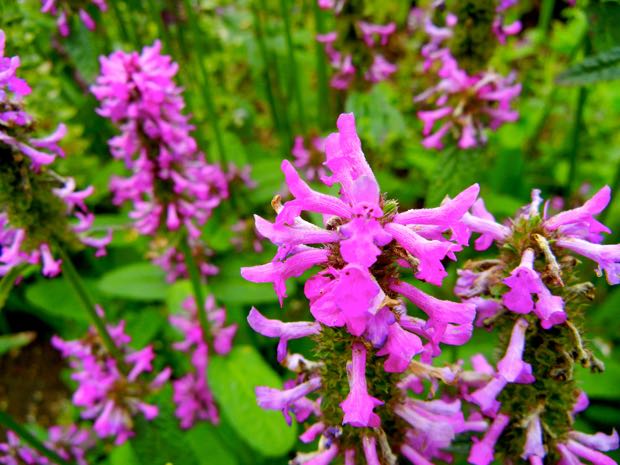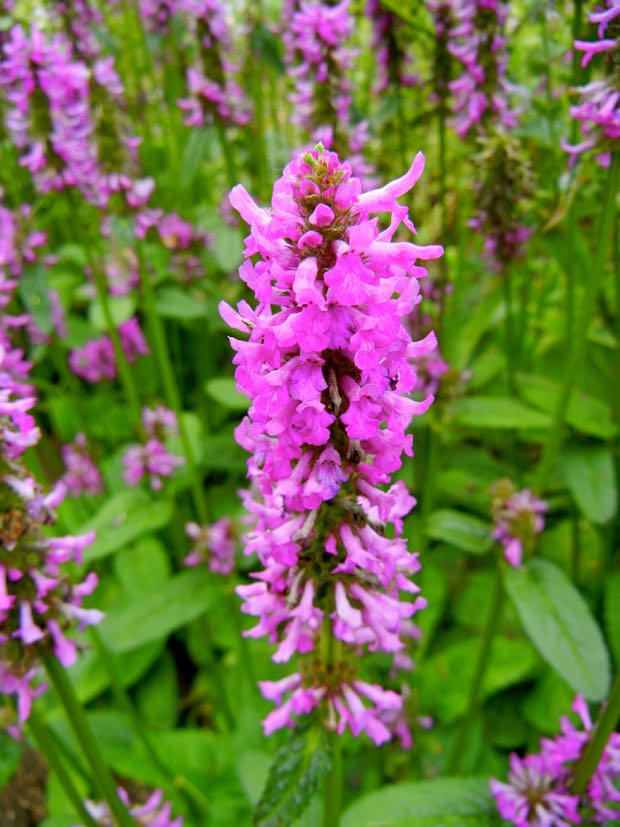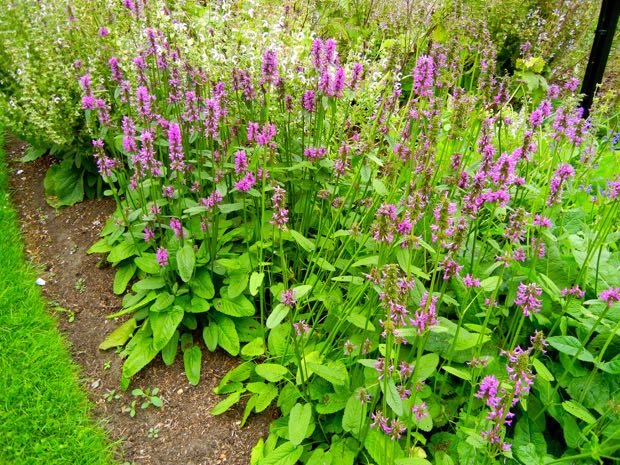Agastache cana: A Vibrant Perennial with Aromatic Foliage
Agastache cana, commonly known as Mosquito Plant, Texas Hummingbird Mint, Hyssop, or Hummingbird Mint, belongs to the mint family, Lamiaceae. This easy-to-grow perennial herb shares some similarities with mint, including its aromatic foliage. Native to the Southern United States, Agastache cana derives its name from the Latin word “cana,” meaning grey, which refers to the plant’s greyish-green leaves.
Characteristics and Description
Agastache cana is a visually striking plant that adds vibrancy to any landscape. It can grow up to 3 feet (90 cm) tall and thrives in sunny locations. When the leaves of Agastache cana are crushed, they emit a refreshing minty fragrance. From late spring through summer and into fall, this perennial produces bright pink flowers, which contribute vibrant color to the garden for an extended period.
The flowers of Agastache cana are tubular and grow on tall spikes. Each flower consists of five petals fused together, forming the characteristic tube shape. Notably, these flowers are hermaphroditic, possessing both male and female reproductive parts. The presence of these attractive flowers makes Agastache cana a magnet for butterflies and hummingbirds, while its strong scent acts as a natural repellent for deer.
Cultivation of Agastache cana:
Agastache cana is a resilient plant that thrives in various growing conditions. Here are some key factors to consider when cultivating this perennial:
Sunlight: Agastache cana flourishes in full sun or partial shade. However, providing ample sunlight will promote more abundant flowering and enhance the plant’s overall vigor.
Watering: During the first year after planting, regular watering is essential to establish Agastache cana. Once established, this plant is remarkably drought-tolerant and requires watering only during extended dry periods.
Soil: Plant Agastache cana in well-drained soil that ranges from average to dry. Amending the soil with compost or manure before planting can help improve its fertility and drainage. This perennial is highly adaptable and can tolerate heat, drought, and humidity.
Propagation: Agastache cana readily self-seed, meaning it can spread if not controlled. To prevent excessive spreading, it is advisable to remove faded flowers. Additionally, this plant can be propagated through seed collection and sowing, or by dividing mature clumps.
Pruning: Agastache cana does not require regular pruning. However, deadheading spent flowers can encourage new growth and prolong the blooming period.
Pests and Diseases: Agastache cana is generally resistant to pests and diseases. However, it may be susceptible to powdery mildew. If signs of powdery mildew are observed, it is important to address the issue promptly to prevent its spread. Regular monitoring and maintaining good air circulation around the plant can help prevent disease outbreaks.
Additional Information
The common name “Mosquito Plant” stems from the aroma emitted by the leaves of Agastache cana when crushed on human skin. It is believed that this scent repels mosquitoes, making it a popular choice for outdoor spaces.
Planting: Agastache cana can be planted in either spring or fall. Choose a sunny location with well-drained soil. Before planting, enrich the soil with compost or manure. Space the plants 18 to 24 inches apart to allow for proper growth and airflow.
Fertilizer: Apply a balanced fertilizer in spring to provide necessary nutrients to the plant and support healthy growth.
Agastache cana, with its vibrant pink flowers, aromatic foliage, and easy maintenance, is a valuable addition to borders, container gardens, and landscapes. It attracts pollinators while repelling deer, making it a desirable choice for gardeners seeking a visually appealing and wildlife-friendly plant. With proper care, this pest- and disease-resistant perennial will continue to thrive, bringing color and fragrance to the garden for years to come.






